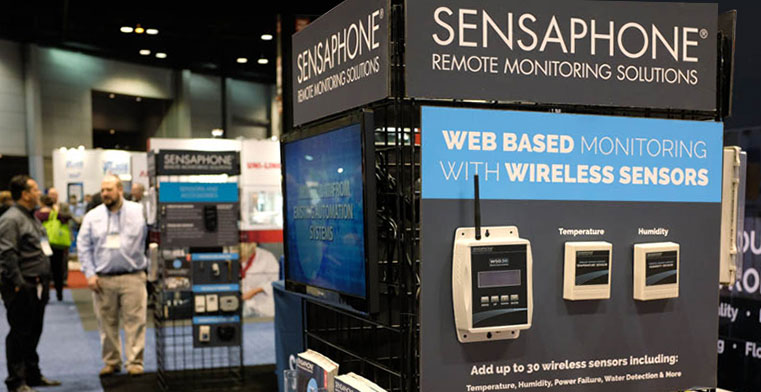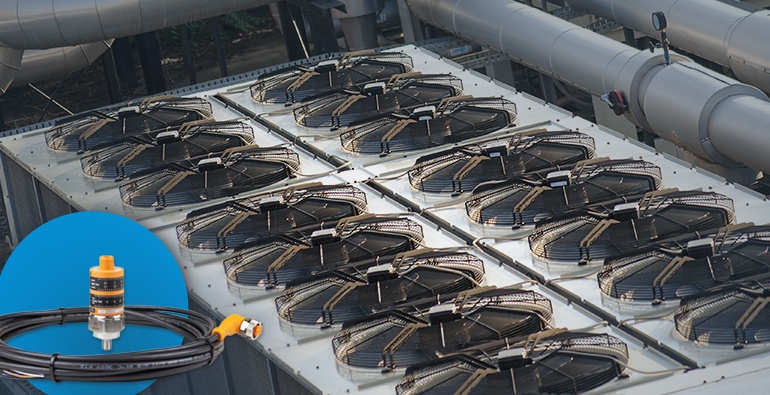
Facility managers have a lot on their plate. They are responsible for ensuring that a property's equipment and environmental systems function at all times to maintain the comfort of workers, residents and guests. A crucial aspect of this responsibility is HVAC remote monitoring, which ensures the right climate is maintained in commercial buildings.









